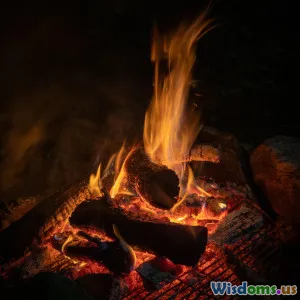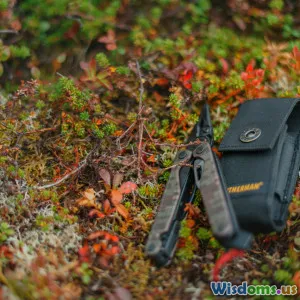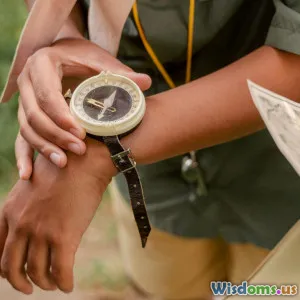
Adventure Ready: Skills for Thrill Seekers
5 min read Master essential survival skills for your next adventure. (0 Reviews)
Adventure Ready: Skills for Thrill Seekers
Adventure is often about stepping out of your comfort zone, but it’s essential to be prepared for the unexpected. Whether you’re hiking through dense forests, kayaking on wild rivers, or camping under the stars, knowing survival skills can make all the difference. In this article, we’ll cover essential survival skills that every thrill seeker should master to ensure safety and enhance enjoyment during outdoor expeditions.
1. Navigation Skills
Understanding Your Environment
Understanding how to navigate using a map and compass is crucial. While GPS devices are handy, they can fail, especially in remote areas where signals are weak. Here’s what you need to know:
- Map Reading: Learn to interpret topographic maps, which show elevation, terrain, and landmarks.
- Using a Compass: Understand how to use a compass to find your bearings. Familiarize yourself with the cardinal directions and how to orient your map with your surroundings.
- Land Navigation: Practice triangulation techniques and how to use landmarks for navigation.
2. First Aid Basics
Staying Healthy and Safe
Accidents can happen in the wild. Knowing how to administer first aid can be lifesaving. Here are some basics:
- Wound Treatment: Learn how to clean and dress wounds to prevent infection.
- CPR and AED: Understanding cardiopulmonary resuscitation (CPR) and how to use an Automated External Defibrillator (AED) can save lives in emergencies.
- Recognizing Symptoms: Be aware of common conditions like hypothermia, heat exhaustion, and altitude sickness, and know how to treat them.
3. Fire Making Techniques
The Heart of Survival
Fire is essential for warmth, cooking, and signaling for help. Here’s how to master the art of creating fire:
- Fire Starting Methods: Learn various methods such as using matches, lighters, and friction-based techniques like the bow drill.
- Fuel Selection: Understand what materials work best for starting and maintaining a fire – dry leaves, twigs, and larger logs.
- Fire Safety: Always practice fire safety. Know where and how to build a fire to prevent wildfires.
4. Shelter Building
Creating a Safe Haven
Knowing how to build a shelter can protect you from the elements. Here’s what to consider:
- Types of Shelters: Learn to construct different types of shelters like lean-tos and debris huts from natural materials available in your environment.
- Location Selection: Choose a safe location away from hazards like falling branches or flooding.
- Insulation and Warmth: Use leaves, grass, or pine needles to insulate your shelter for warmth.
5. Water Sourcing and Purification
Staying Hydrated
Water is crucial for survival. Here’s how to find and purify water:
- Finding Water: Learn to locate water sources in nature, such as streams or by following animal tracks.
- Purification Methods: Understand how to purify water through boiling, filtering, or using purification tablets.
6. Food Foraging and Preparation
Sustenance in the Wild
While food is not immediately necessary for short-term survival, knowing how to forage can be beneficial:
- Identifying Edible Plants: Familiarize yourself with local edible plants and mushrooms, but always double-check their safety.
- Fishing and Trapping: Learn basic skills for catching fish or trapping small game.
Conclusion
Being adventure-ready means embracing the thrill of the outdoors while ensuring your safety and well-being. By mastering these essential survival skills, you can confidently explore new territories, overcome challenges, and enjoy your adventures to the fullest. Remember, preparation is key to making your outdoor experiences not only exciting but also safe and rewarding. So grab your gear, practice these skills, and get ready for your next adventure!
Rate the Post
User Reviews
Popular Posts





















